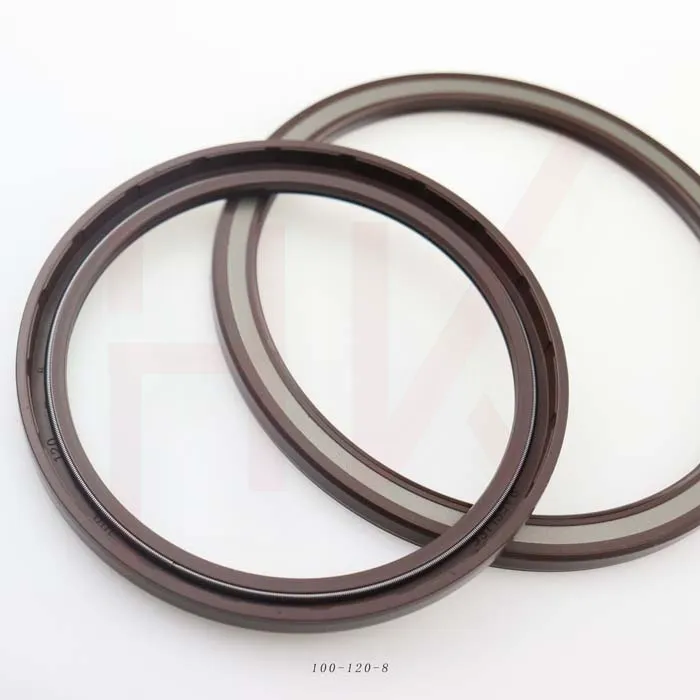9 月 . 14, 2024 20:05 Back to list
hydraulic cylinder seal replacement
Hydraulic Cylinder Seal Replacement A Comprehensive Guide
Hydraulic systems are fundamental components in various machinery and equipment, providing the force necessary for lifting, pushing, pulling, and performing numerous tasks in industries ranging from construction to manufacturing. One crucial part of these systems is the hydraulic cylinder, which relies on seals to maintain pressure and prevent fluid leakage. Over time, seals wear out due to heat, pressure, and contamination, leading to a decrease in efficiency and potential damage to the hydraulic system. Understanding the process of hydraulic cylinder seal replacement is essential for maintaining optimal performance and extending the lifespan of your equipment.
Signs that Seals Need Replacement
Before diving into the replacement process, it's essential to recognize the signs that indicate a seal replacement is necessary. Common symptoms include
1. Fluid Leaks Visible hydraulic fluid pooling around the cylinder indicates that seals are compromised. 2. Decreased Performance If the equipment struggles to lift, move, or generate pressure as it once did, worn seals may be to blame. 3. Increased Noise Unusual sounds during operation, like grinding or hissing, could signal that seals are no longer effective.
Tools and Materials Required
Replacing hydraulic cylinder seals requires careful preparation and the right tools. Before you begin, gather the following items
- New seals (ensure they are the correct size and type for your cylinder) - Hydraulic fluid - Basic hand tools (wrenches, screwdrivers, pliers) - Torque wrench - Cleaning materials (rags, brushes) - Safety gear (gloves, goggles)
Step-by-Step Replacement Process
1. Safety First Before starting, ensure the hydraulic system is powered down, and relieve all pressure. This may involve disconnecting power sources and releasing any trapped fluid.
hydraulic cylinder seal replacement

2. Disassemble the Cylinder Carefully remove the cylinder from the machine, noting how it is configured. Use your tools to unbolt and separate the cylinder components. Keep track of all parts and fasteners.
3. Remove Old Seals Take off the old seals using a seal pick or similar tool. Be cautious not to scratch or damage the cylinder surfaces during removal.
4. Clean the Cylinder Thoroughly clean the cylinder and any other components before installing new seals. Remove any old sealant, dirt, or debris to ensure proper sealing.
5. Install New Seals Carefully place the new seals into their designated grooves. Ensure they are seated properly to prevent leaks. Using a seal installation tool can help avoid damaging the seals as they are put in place.
6. Reassemble the Cylinder Once the new seals are installed, reassemble the hydraulic cylinder while ensuring that all components are aligned correctly.
7. Refill Hydraulic Fluid After reassembling, refill the hydraulic fluid as necessary. Check the manufacturer’s specifications for the appropriate type and amount of fluid.
8. Test the System Reconnect the cylinder to the hydraulic system, ensuring all connections are secure. Power up the system and conduct a test run to check for leaks and ensure everything operates smoothly.
Conclusion
Hydraulic cylinder seal replacement may seem daunting, but with the right tools, materials, and careful attention to detail, it can be achieved efficiently. Regular maintenance, including timely seal replacements, is vital in preventing costly repairs and ensuring your hydraulic systems operate at peak performance. Always refer to the manufacturer's guidelines for specific instructions and recommendations related to your equipment. By understanding and implementing proper seal replacement practices, you can enhance the reliability and longevity of your hydraulic systems.
-
The Power of Advanced Sealing: High-Pressure Solutions for Modern Machinery
NewsOct.29,2024
-
Optimizing Machinery with High-Performance Oil Seals
NewsOct.29,2024
-
Maximizing Machinery Efficiency with Advanced Oil Seals
NewsOct.29,2024
-
Ensuring Equipment Longevity with Quality Oil Seals
NewsOct.29,2024
-
Enhance Equipment Performance with Quality Oil Seals
NewsOct.29,2024
-
Custom Oil Seals for Specialized Machinery Needs
NewsOct.29,2024
-
The Role of Wiper Seals in Dust Sealing and Oil Protection
NewsOct.20,2024
Products categories
















